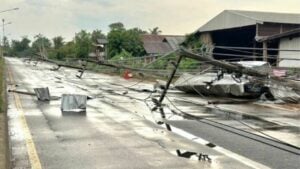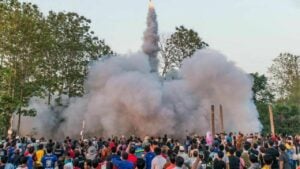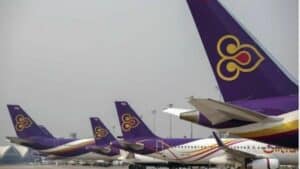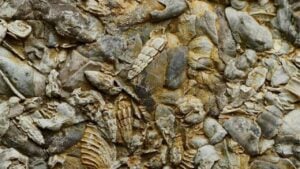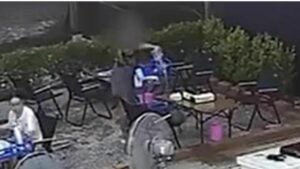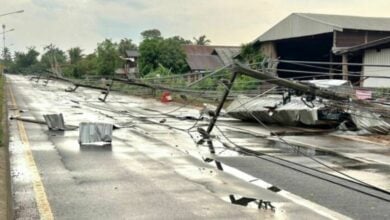Only 2-5% of UFO sightings truly unexplained, says Nasa panel
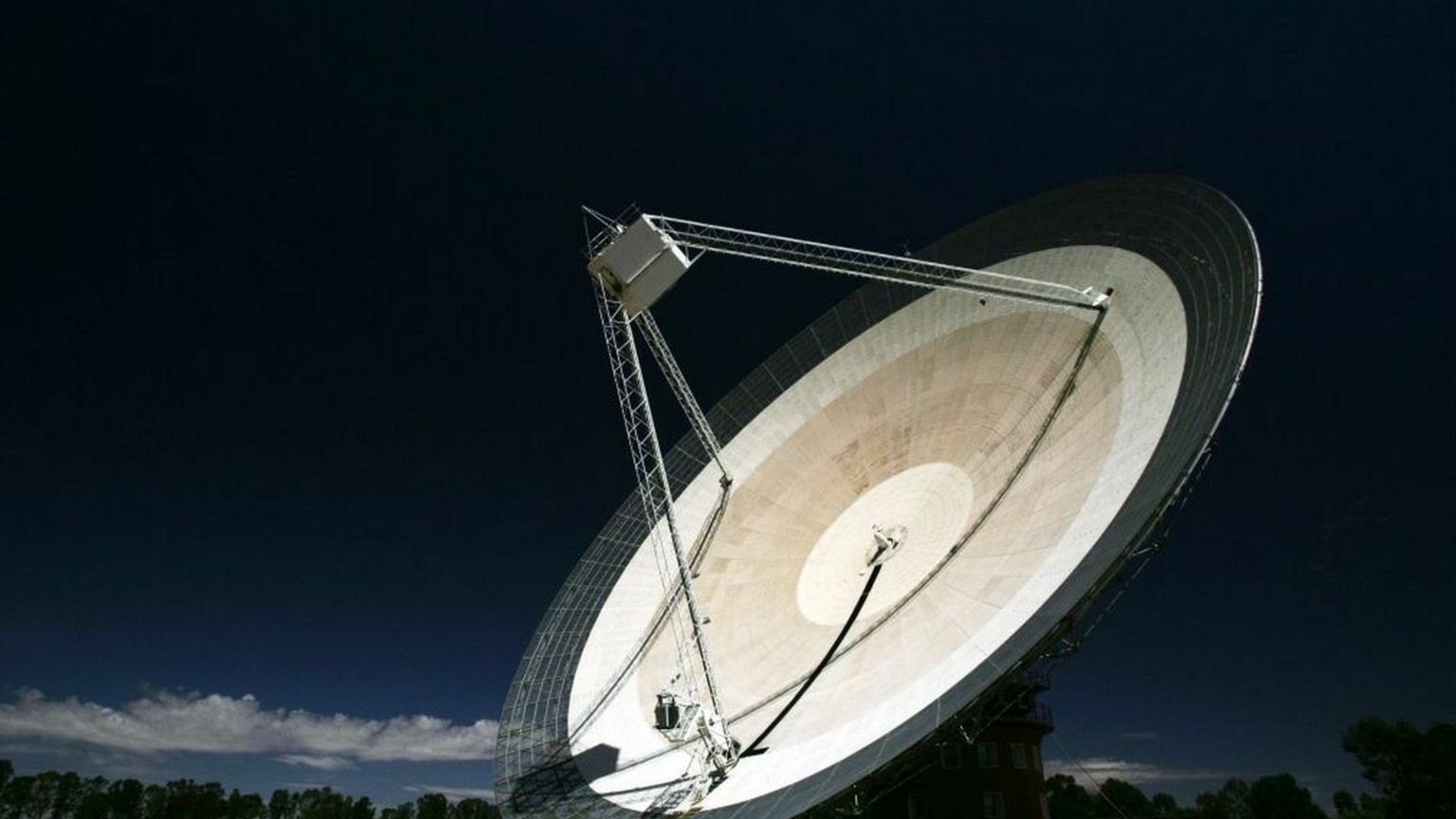
A panel of experts has analysed approximately 800 reports of unidentified flying objects (UFOs) gathered over several years by American authorities, revealing that only a small percentage remain truly unexplained. The panel was established by Nasa last year to study what it refers to as unidentified anomalous phenomena (UAP), defined as sightings that cannot be identified as aircraft or known natural phenomena from a scientific perspective. The panel held its first public meeting on Wednesday.
Sean Kirkpatrick, director of the All-domain Anomaly Resolution Office (AARO) within the US Defence Department, stated during the meeting that they receive between 50 and 100 new reports each month. However, he noted that only 2% to 5% of the total database are “possibly really anomalous”. A Pentagon report in 2021 revealed that out of 144 sightings by military pilots since 2004, all but one remained unexplained, with officials not ruling out the possibility of extraterrestrial objects.
Kirkpatrick also highlighted that privacy concerns limit the agency’s investigations. He explained that although they can point the largest collection apparatus in the entire globe at any point, most people are not comfortable with having it focused on their backyard. UAP-related data is often challenging to interpret and can be easily skewed.
David Spergel, chair of Nasa’s UAP team, shared an example of a burst of radio waves picked up by researchers in Australia. The strange structure of the waves initially baffled scientists until they realised the sensitive instruments were picking up signals from a microwave used to heat up their lunches.
Scott Kelly, a former astronaut and pilot with decades of experience, recounted a story about an optical illusion. He and his co-pilot were flying near Virginia Beach when his colleague believed they had encountered a UFO. Upon further investigation, it turned out to be a Bart Simpson balloon.
Commercial pilots are often hesitant to report sightings due to the stigma surrounding UFOs. Spergel emphasised the importance of removing this stigma and obtaining high-quality data to address essential questions about UAPs. Some scientists have even faced online harassment for their work in this area, leading to further stigmatisation of the UAP field, hindering the scientific process, and discouraging others from studying the subject, according to Nasa science chief Nicola Fox.
Wednesday’s meeting marked a significant change in Nasa’s approach, as the space agency had previously spent decades debunking UFO sightings. When asked by the public, “What is Nasa hiding?”, Nasa’s Dan Evans responded that the agency is committed to transparency, which is why they held the meeting live on TV.
Latest Thailand News
Follow The Thaiger on Google News:






